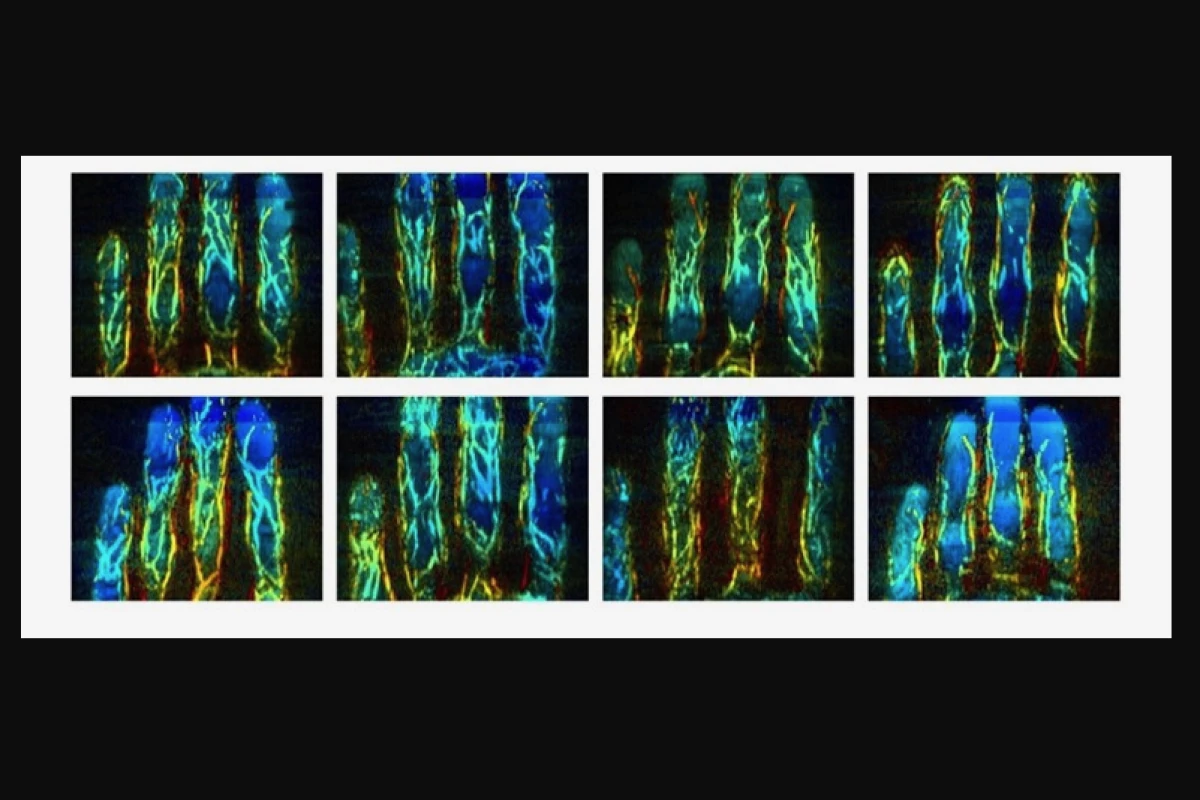It sometimes seems that as soon as another form of biometric ID authentication is developed, someone devises a way of fooling it. According to its creators, however, a new 3D finger vein-scanning system cannot be duped.
First of all, there are already identification-verifying technologies that perform a two-dimensional scan of the unique pattern of veins in a person's fingers. The new system is different – and reportedly much harder to trick – in that it performs a three-dimensional scan.
Created by scientists at New York's University at Buffalo, it incorporates an existing technology known as photoacoustic tomography.
Users start by placing their finger on a flat glass platform, not unlike a fingerprint scanner. A pulsating laser then illuminates that finger, shining deep into the tissue. When that light hits a vein, the blood vessel absorbs some of the energy, and responds by producing a wave of ultrasound. An ultrasound detector in the scanner detects that wave along with others from other veins, using them to create a 3D image of the vascular network within the finger.
The prototype system has already been tested on 36 people, performing scans of the four main fingers on both of their hands. It was reportedly accurate at accepting or rejecting an individual's claimed identity 99 percent of the time.
"The 3D finger vein biometric authentication method we developed enables levels of specificity and anti-spoofing that were not possible before," says lead scientist Dr. Jun Xia. "Since no two people have exactly the same 3D vein pattern, faking a vein biometric authentication would require creating an exact 3D replica of a person’s finger veins, which is basically not possible."
Xia's team is now working on further miniaturizing the technology, and getting the imaging time down to less than one second. The system could ultimately find use in high-security facilities such as banks, or even be incorporated into smartphones.
A paper on the research was recently published in the journal Applied Optics.
Source: The Optical Society




